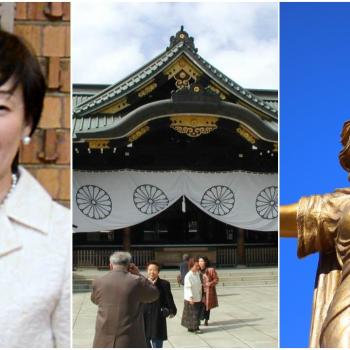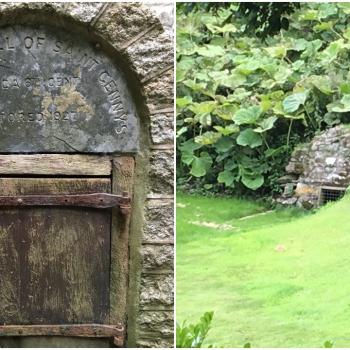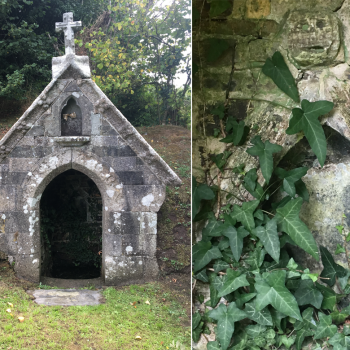In August, my family made a trip to New Zealand. My husband’s a Kiwi, so one of the main purposes of our trip was to catch up with members of his family. But of course we had plenty of opportunities to make the most of all the incredible experiences New Zealand has to offer.
New Zealand is a paradise for nature lovers and we were lucky enough to have plenty of chances to connect withthe country’s wild soul. We bathed in a natural hot spring that we dug ourselves at Hot Water Beach. We got up close and personal with friendly Kea (mountain parrots) and fur seals. We experienced the thrill of sailing under a waterfall at Milford Sound.
But among all these experiences, for me none were quite so profound as our visit to the Te Ana-au Glowworm Caves. From start to finish, it felt less like a mere tourist attraction and more like a spiritual pilgrimage – and in many ways, a Shinto pilgrimage.
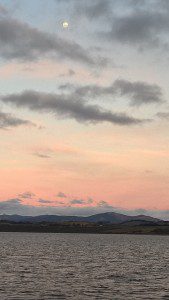
The Journey
The Te Ana-au Caves are located on the west shore of Lake Te Anau, in the southwest of New Zealand’s South Island. At 12,000 years old, these limestone caves are considered young in geological terms, and were first discovered by Europeans in the 1940s following research into ancient Māori legends.
We set out on our pilgrimage at dusk. The tour company that organises the trip, Real Journeys, takes visitors to the caves by boat across Lake Te Anau. The cruise took about 30 minutes and during that time we were able to enjoy the haunting views across the lake. The Moon had risen and was almost full – it looked rather like a rugby ball, appropriately enough for New Zealand!
The Entrance
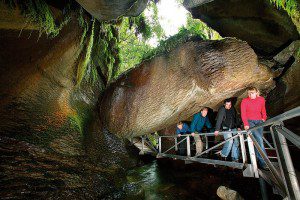
The entrance to the caves is in a beautiful wooded area. The mouth of the cave itself is very low and visitors have to duck down in order to enter. In essence, you have to bow before going into this place. It reminded me of bowing before a torii gate before entering a Shinto shrine, or the way in which traditional tea houses in Japan are deliberately designed with low entrances so visitors must bow slightly in order to enter, showing humility. It was as if Nature herself was telling us that this is a sacred place, and that humans must show respect in order to be admitted.
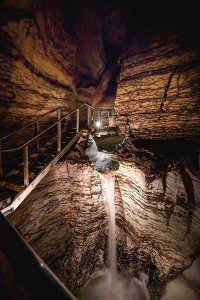
The Purification
The peculiar similarities to a Shinto shrine continued as we proceeded through the cave. We came to a spot where the cave water dripped down from the ceiling. According to our guide, the water is exceptionally pure and is said to bring health and youthfulness to those who drink it. I reached out and scooped some of the water in my hands to drink, all the while thinking how this echoed the purification ritual on entering a Shinto shrine; visitors first purify their hands and mouth before presenting themselves to the kami (deities). I felt as if we were preparing ourselves for a deeply spiritual encounter in these caves.
We then came to an awesome, roaring underground waterfall. In Shinto, waterfalls are considered the dwelling-place of kami. I felt that the presence of something deeply spiritual in this cave was growing stronger and stronger…
[Continues on next page]



